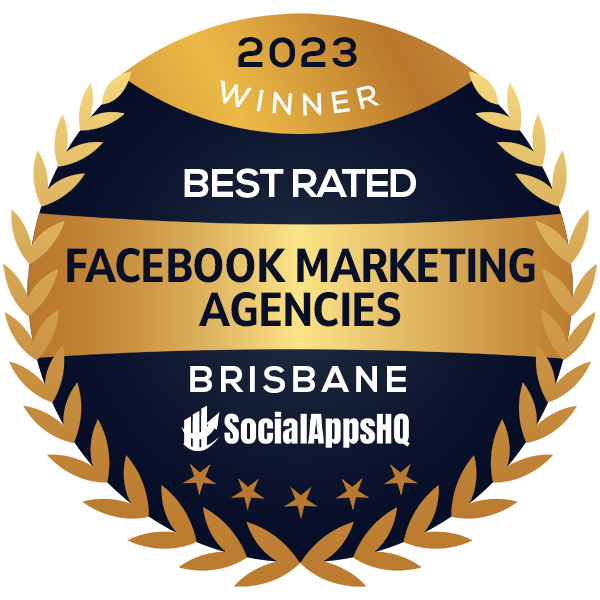Recently, I had the pleasure of doing my 90-Day Marketing Transformation with Scott and Melisa at Just Tinting in Bundaberg.
As an honest, old-school business that has been operating for over 30 years and values good old-fashioned customer service, the digital side of marketing had always felt a little intimidating.
Moreover, being on the tools most days doesn’t really allow much time and headspace to worry about managing social media, website, online reviews and all the other “online stuff”.
So, when running a traditional offline business, how do you transition from radio ads and the Yellow Pages to a successful online marketing strategy that gets tangible results?
Implementing a Digital Marketing Strategy for a Window Tinting Company
Time is always of the essence and most business owners simply don’t have the time and headspace required to run time-consuming marketing activities on top of their day-to-day trade. So, in the 3 months of working together, I helped Scott & Mel to put systems in place that require no management at all but allowed Just Tinting to really leverage the online space.
Big Picture and Strategy
We started with our initial kick-off strategy session over Zoom in which I pulled all of Scott’s knowledge out of his head and onto a mind map. This is a crucial step for me to really understand the business inside and out.
I’m always amazed at how much knowledge my clients have of their services and industry. Good marketing is all about showcasing that knowledge and using it to educate your customers to make better choices.
We also got really clear on who the ideal customer is, their specific needs and wants, and how to make the process of dealing with Just Tinting super easy for them. From getting in touch and finding answers to questions, to getting a quote – our goal was to streamline the entire customer journey.
Content & The Digital Ecosystem
From there, My team and I went on to create a whole lot of content that we could share in various ways, including:
- On the Website
- On Social Media Accounts
- Blog Articles
- and Email Marketing Campaigns
Content connects your business with your audience. It’s what helps guide people in their decision-making process before making any purchase. When we provide content that is relevant, engaging and educational, we begin to attract the right audience. Understanding the digital ecosystem and how we can leverage the various platforms helps us design a strategy that is truly aligned with our customers’ needs.
Website Design and Search Engine Optimisation
As part of Just Tinting’s 90-Day Marketing Transformation, we also built a brand new website with best practices in mind, that is both easy to use and mobile-friendly so that it looks great on any device. We optimised the site for search engines (SEO) so that it shows up on the first page of Google when locals search for window tinting online.
We targeted popular keywords like “window tinting Bundaberg” and “car tinting Bundaberg” for which Just Tinting now ranks on the first page.
Marketing Automation
But we didn’t stop there. We also automated the entire content delivery for a hands-off approach that doesn’t require the constant time-consuming management of various platforms. As a result, Scott and Melisa now have posts going out on social media and Google My Business multiple times per week – on autopilot – never having to worry about what to post and knowing that their content is always engaging, relevant and on-brand.
FREE DOWNLOAD:
How to Get FREE Exposure For Your Business on Google Without Paying For it
CLICK HERE
In addition, we made use of clever email marketing automation to keep in touch with customers and continue to educate them about the various areas of the business and how they can benefit from Just Tinting’s different services. It’s always easier to sell a different service to an existing customer than to acquire a new customer. Email marketing is a fantastic tool to help your customers to return to your business.
To help build and manage online reviews, new customers now automatically receive an invitation to provide feedback and leave a review for Just Tinting online. Social proof not only boosts the business profile and credibility but also helps to attract more organic traffic, resulting in steady long-term growth.
Together, these strategies work holistically to generate new leads every day and support Just Tinting in its mission to provide Bundaberg locals with window tinting and car paint protection of the highest quality.
Could you benefit from a fully automated marketing strategy that helps grow your business while freeing up time, budget and headspace? Then join my 90-Day Marketing Transformation.
Client Feedback
Here’s what Scott and Mel had to say after their marketing transformation.
“Before working with David on our marketing strategy, we didn’t really know where to start or how to start! We were unsure what information was best to post on social media that would appeal to our audience and drive sales. Knowing how to build a professional website that is unique to Just Tinting was also a major challenge.
After seeing the successful outcomes of many other local businesses that engaged David for their marketing, we knew he could help us achieve greatness, too.
As a result of the new marketing strategy, we are now generating more enquires and business. Our marketing approach is much more organised in the gathering of our customers’ details, who now receive professional automated responses to their enquires.
We would recommend David to any business, regardless of whether they are just starting out or already established. The results have been amazing and we now have a fantastic website, as well as witty and informative Facebook posts going out regularly.
We only had to invest a small amount of our time to gain these wonderful results!”
– Scott & Melisa Purkis, Just Tinting

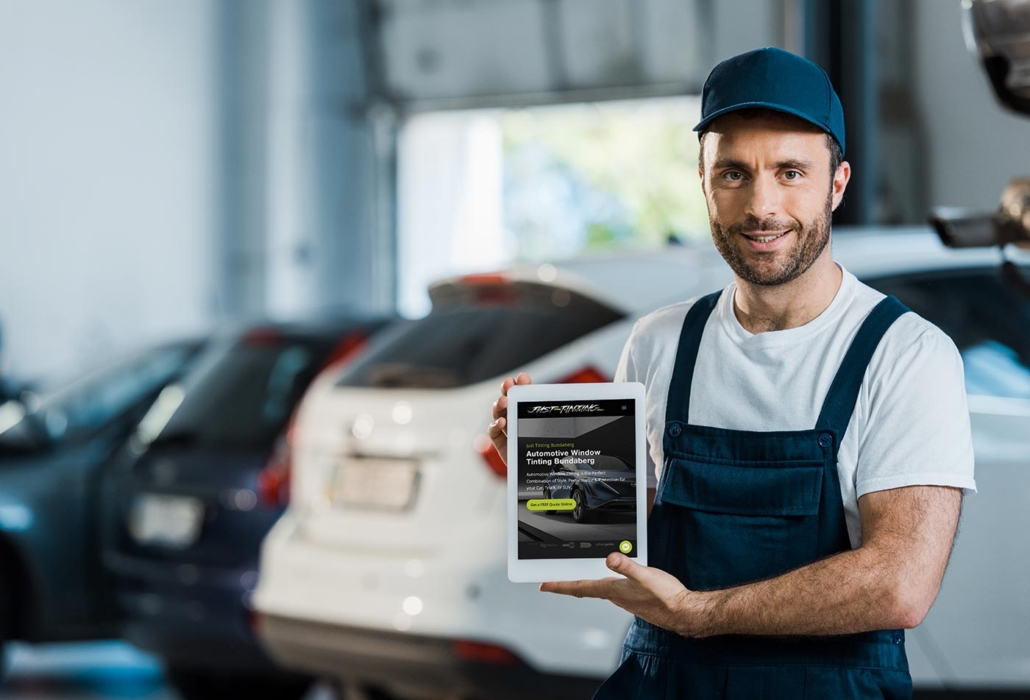 Done Digital
Done Digital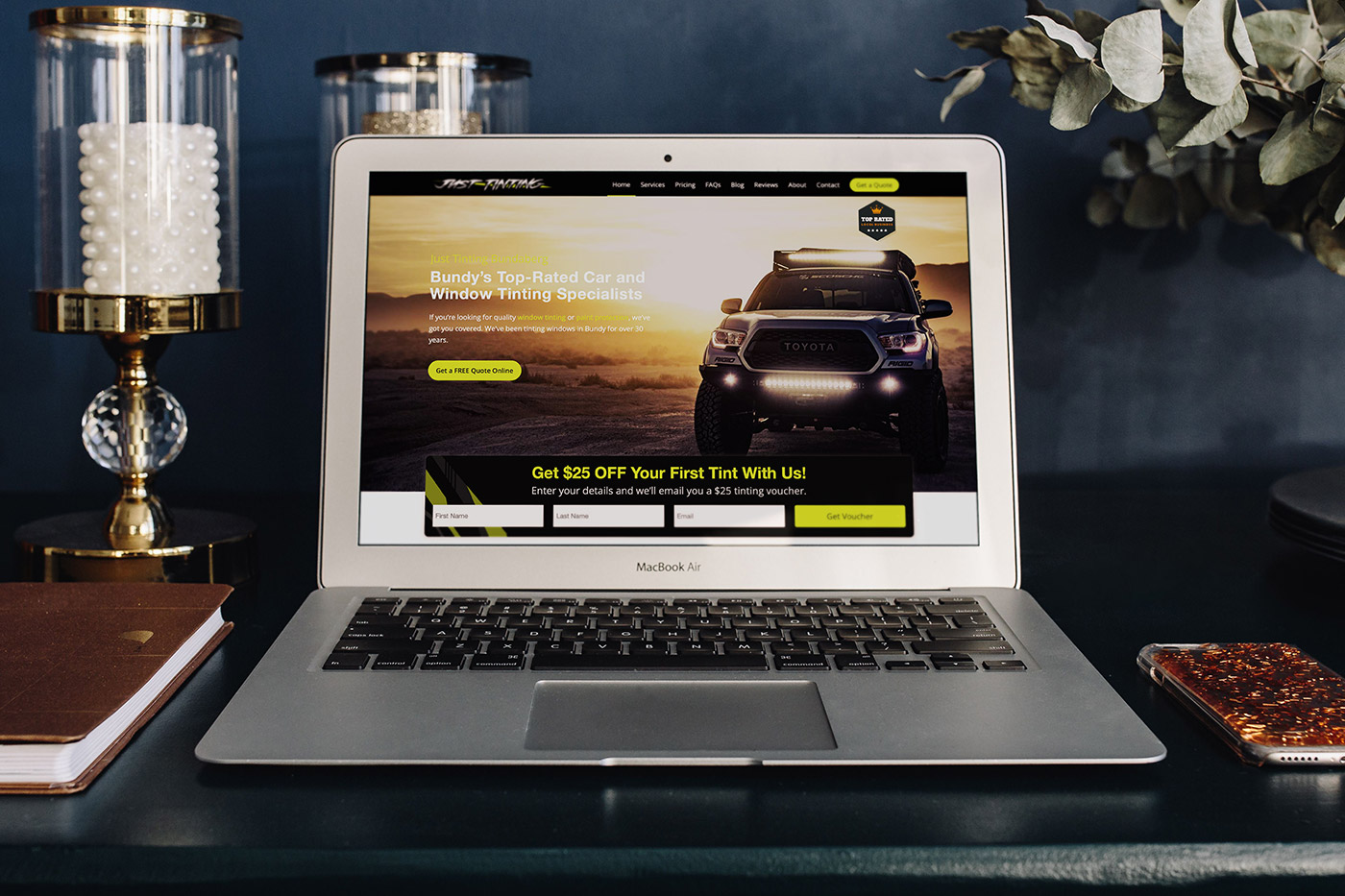
 Done Digital
Done Digital Done Digital
Done Digital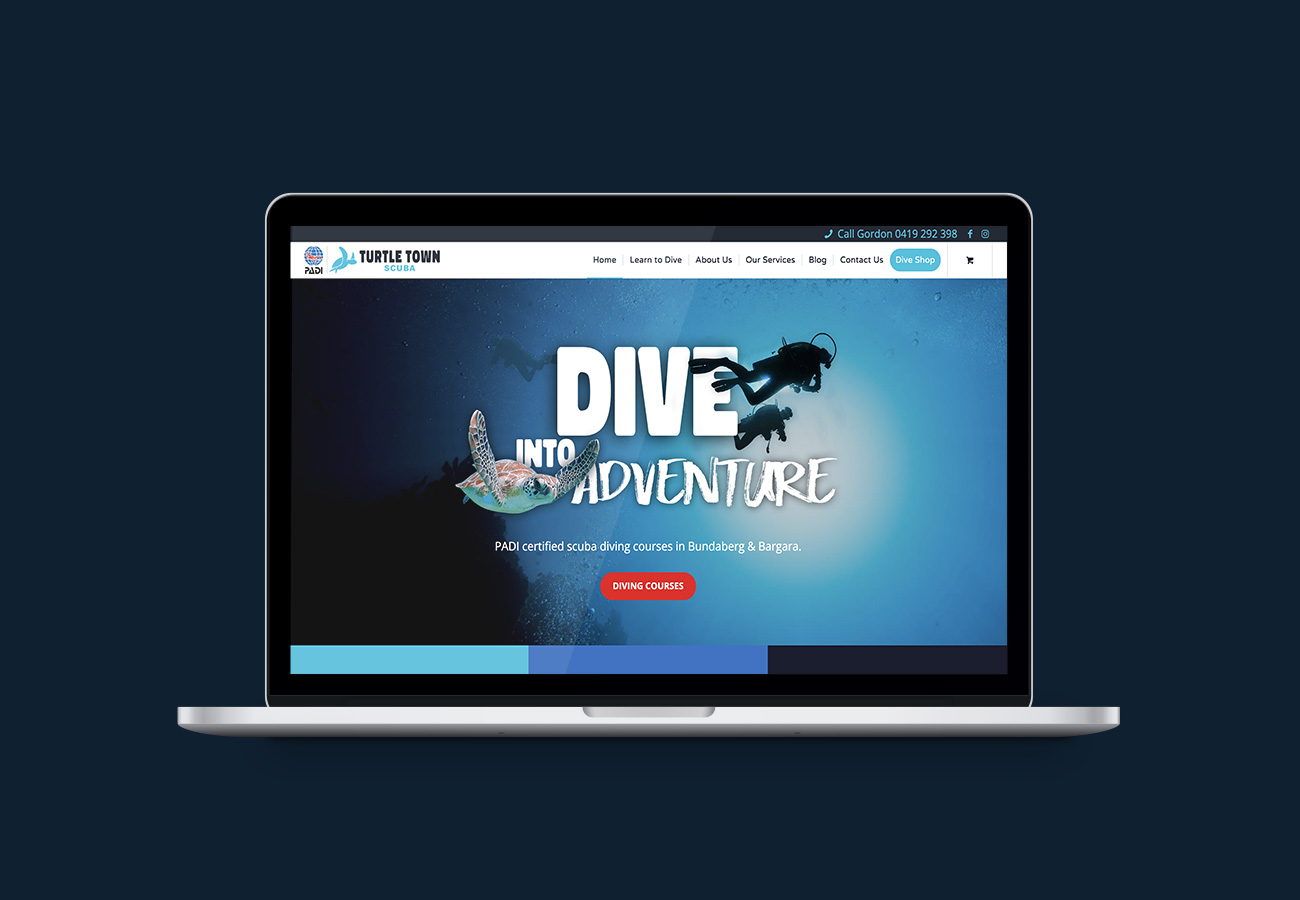
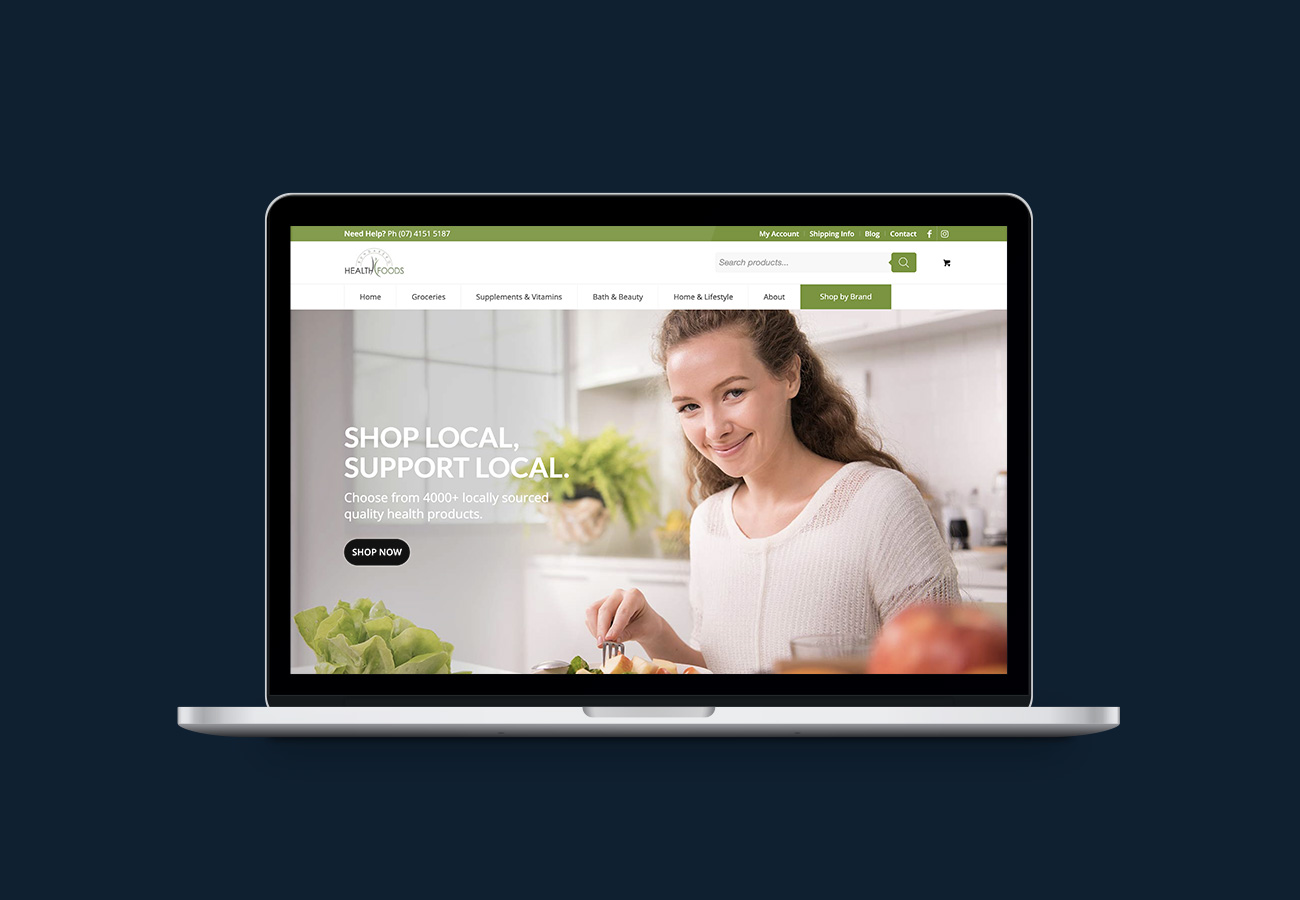
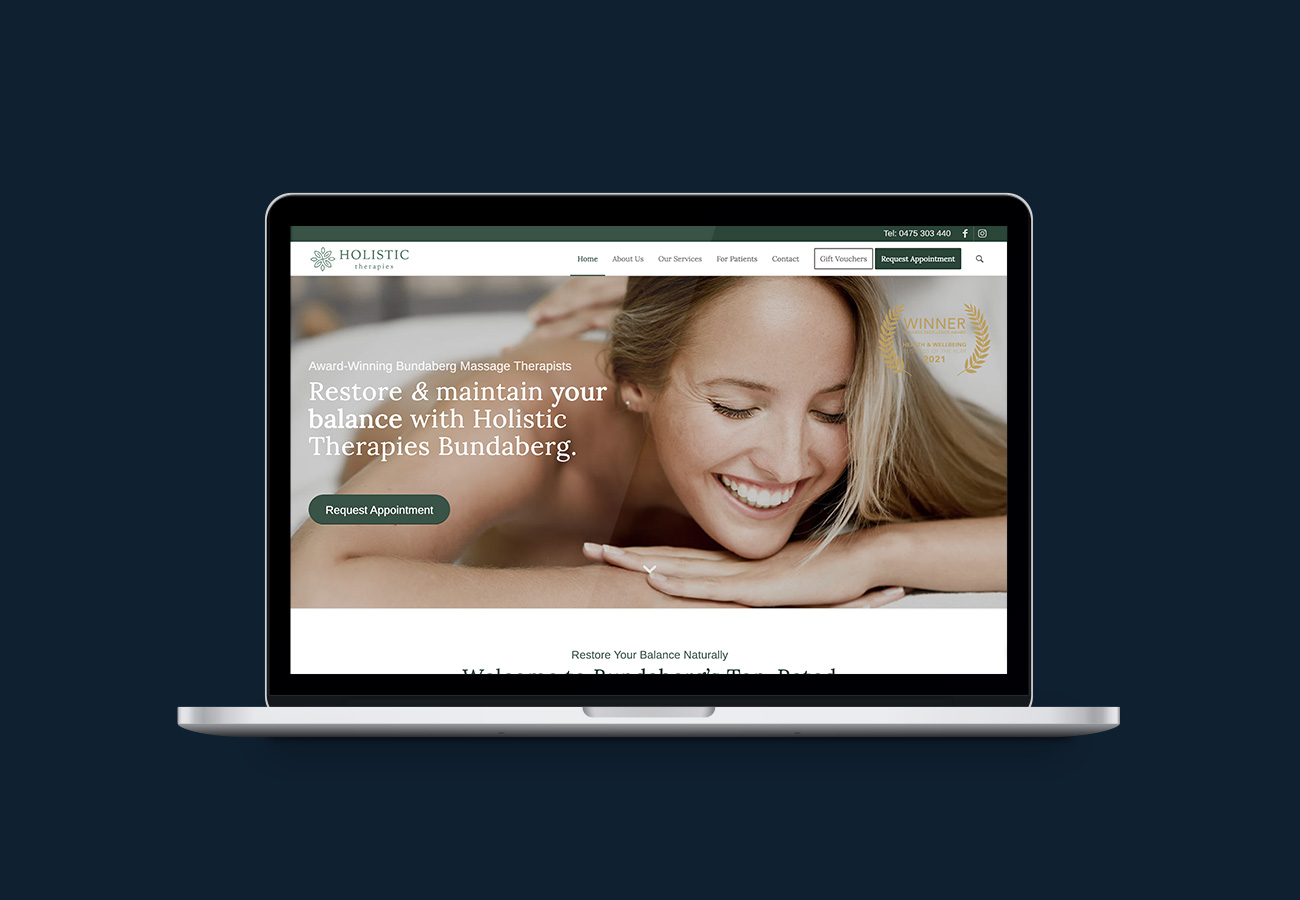

 Done Digital
Done Digital
